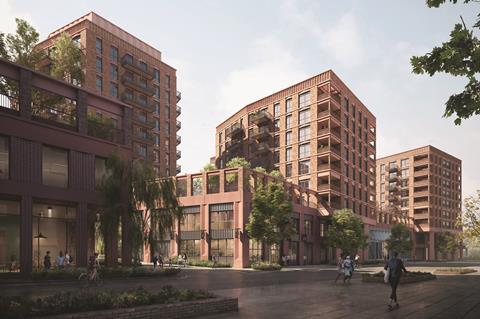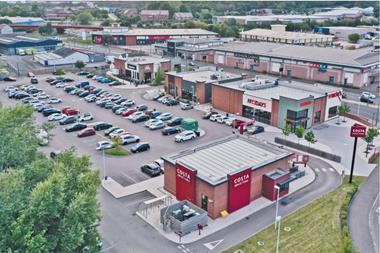High streets once buzzed with small independent workshops, whose skills were displayed through the shop window, the earliest form of interactive advertising.

However, today, the Heritage Crafts Association’s (HCA’s) Red List classifies around 75 artisanal crafts as ‘critically endangered’ due to few training opportunities, low financial viability or limited means to pass on the legacy of skills and knowledge harboured by an ageing population of masters.
Over the past year and a half, surveys by the HCA confirm that almost three quarters of those working in artisanal crafts were at a reduced capacity or unable to work as a direct result of Covid-19.
While the government’s proposed reform to apprenticeships through the Skills Bill places particular emphasis on digitisation, the experiential importance of our tradecrafts should not be discounted.
People now desire more authenticity, experiences, and ethical and sustainable consumption, driving demand for unique and handmade goods. In the UK, 31.6 million people who bought craft goods in 2020 paid a premium because they recognise the skill and ingenuity that went into each production.
Architects and designers have an integral role to play in helping to reinvigorate and protect these industries and change the way artisanal crafts connect with communities. In part, this can be achieved through the recent changes to our planning system.
Class E as a use order paves the way for new, blended typologies, in which people can socialise, learn and create things together.

By blending commercial, business and service use classes through the introduction of Class E, planning permission is no longer required to switch between these uses fluidly.
Class E opens the possibility of diversified high streets and interesting and unexpected use pairing as a catalyst to ‘hybrid’ developments, including the co-location between residential accommodation and makerspaces to foster new enterprise.
In January, together with London Square, Peabody and Metropolitan Workshop, we gained planning permission for a similar opportunity to harmoniously co-locate industrial B2/B8 uses and new homes at Vulcan Wharf, a large site on the edge of the Pudding Mill neighbourhood in east London.
We veneered the inactive façades of the industrial units with workshops, incorporating Class E (B1c) makerspaces into the fringes of the development and providing clear, physical separation between industrial and residential uses through podium decks and colonnades.
Our design envisages an active and ‘craft-friendly’ frontage woven together by shared amenity space, a concept that could easily be translated across to high-street architecture.
Placemaking philosophy
With the right placemaking philosophy, uses that may at first appear contrasting, even conflicting, can in fact complement one another. The London Legacy Development Corporation, to whom the application at Vulcan Wharf was submitted, saw the benefit of bridging mixed uses through shared facilities such as breakout spaces, which foster a greater value and respect for the arts.
Blackhorse Mills is another collaboration, this time with Legal & General, building in a forum and commercial hub at its heart to connect local start-ups and independent tenants taking space at the ground floor and at the waterside.
Our vision from the start was to encourage Walthamstow’s history of handicrafts and its market culture when planning a space for creative exhibitions, performances and community events, blending functional workshops with offices, shops and residential accommodation.
Adapting what we’ve learnt to the high street – which is the crucible of our history of making and creating – is a sustainable, hyper-local way to reboot artisanal crafts. Printmaking, photography, woodwork, ceramics, and fashion and textiles are inherently social activities that both fascinate and intrigue. They are also experimental and benefit from an open, collaborative relationship with the public.
While co-locating uses remains a relatively new concept in planning, Class E is a gateway into more diverse occupations across our high streets. The younger demographic of purchasers, which has gone from being 17% under 35 in 2006 to 32% in 2020, supports the casting of craft as an industry that could thrive on that connection.
With this in mind, it is so far a missed opportunity, and one that could be transformative in saving our high streets and town centres.
Peter Ladhams is managing director of Assael Architecture
































No comments yet